

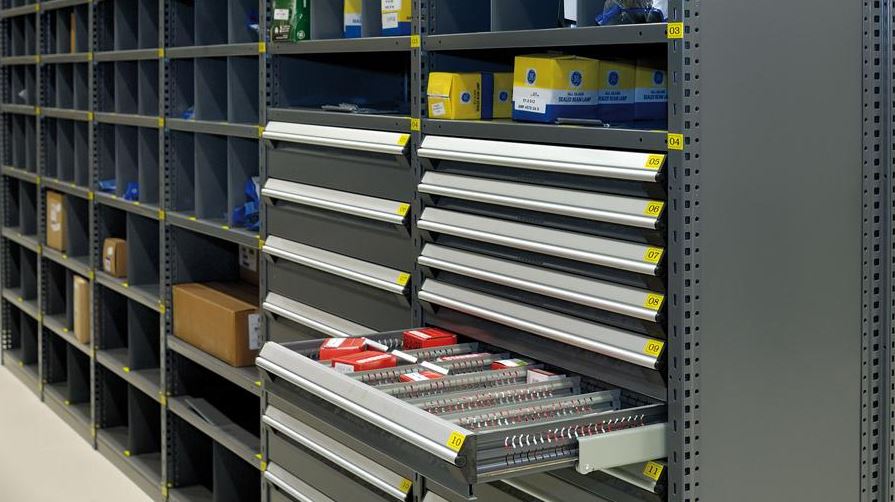
This is a series of posts we’ll be making about saving space in your facility. There are plenty of ways to better utilize space, and some of them might fit your circumstances while others certainly won’t. In today’s challenging business climate, it is particularly critical to use space wisely in your facility.
Read the rest of this entry »
Tags: materials handling, saving space, modular storage systems, warehousing
Posted in Space Optimization & Planning|
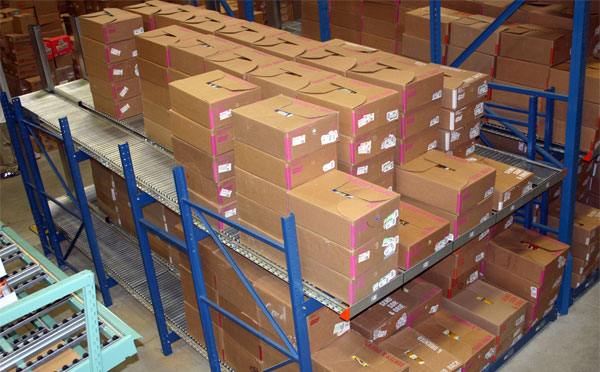
When your load is case-picked, relatively light, and smooth, column flow racks allow you to create storage density and increase the number of pick faces.
Read the rest of this entry »
Tags: warehousing, Material Handling, distribution center, Carton flow rack, gravity flow systems, Order Picking & Fulfillment
Posted in Order Picking & Fulfillment|

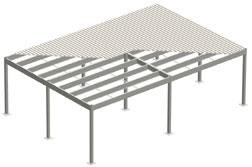
Be sure your floor can handle a structure – and all the weight or activity planned for that structure
We’ve created an informative article you should check out if you are thinking of installing a mezzanine in your facility.
When implementing an Industrial Equipment Platform (mezzanine) be sure that you are not putting too much stress or weight on the floor of the building. Too much weight will cause the floor to crack – or worse. This article tells you how to calculate the correct load capacity and column spacing for any new structural mezzanine project. Floor capacity depends on the thickness of the concrete, but that’s not the end of the story. It also matters how much the soil underneath the slab will compress.
Click “Calculating Mezzanine Floor Capacities” to get the whole story…
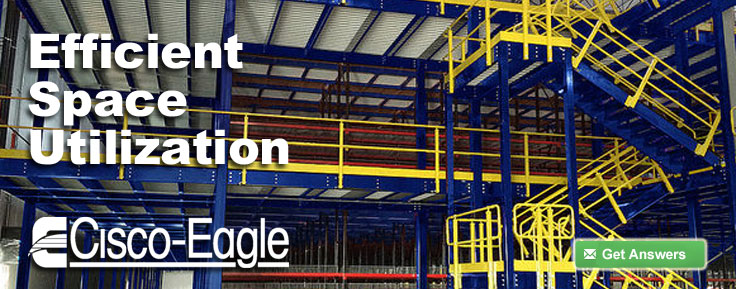
Tags: work platforms, warehousing, Material Handling, order fulfillment, Mezzanines, industrial storage, productivity
Posted in Mezzanines & Industrial Platforms|

At this time of the year, many companies find the need to maintain open access to dock doors and warehouses without letting heat and other environmental controls escape into the cold. The obvious solution has been to install vinyl strip doors, which allow easy access to foot and lift truck traffic while they also keep climate-controlled air in – and cold air out.
Read the rest of this entry »
Tags: Supply Chain, warehouse safety, climate control, plastic strip doors, strip doors, debris barriers
Posted in Docks & Shipping|
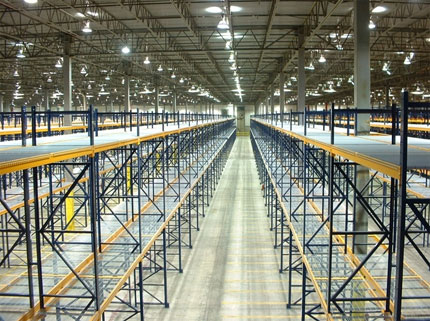
Since overloading is a common source of pallet rack collapses, (in fact misapplication, including capacity issues, is the top cause) it’s important to understand how much weight your rack – not just your beams – can bear.
Read the rest of this entry »
Tags: Material Handling, Pallet Rack, rack capacity, safe rack loading
Posted in Pallet & Warehouse Racks|
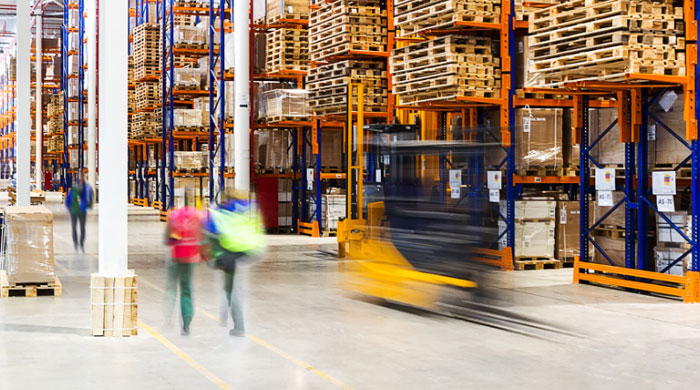
Three areas – picking, packing and returns – incur anywhere from 60% to 80% of labor costs in your typical distribution operation. 60% of the average pickers’ time is spent walking. Not picking, not packing, not checking for quality and accuracy – walking. This is an activity that cannot add value to your operation or to your customers, so you should strive to eliminate it whenever possible. Not only does it waste time, it makes people tired, and tends to cause a loss in focus and can increase error rates.
Read the rest of this entry »
Tags: order fulfillment, labor, product slotting, carton flow racks, ergonomics
Posted in Order Picking & Fulfillment|
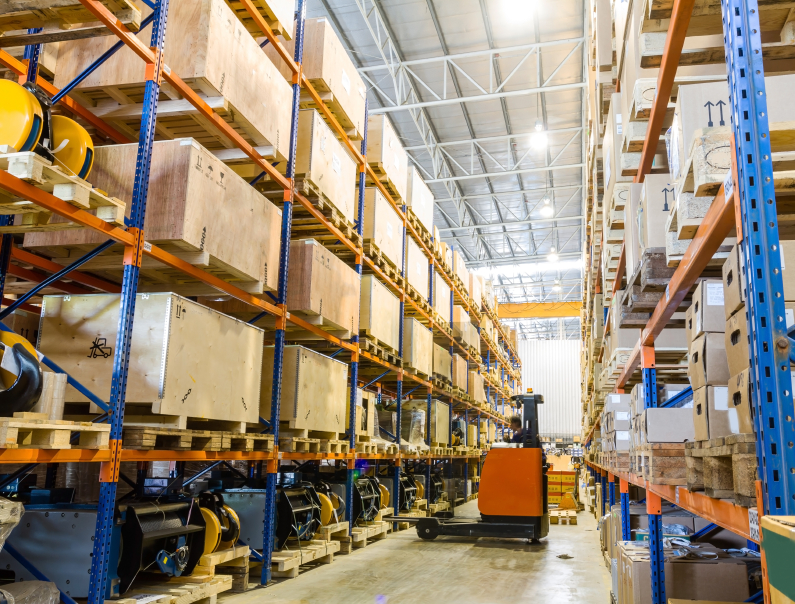
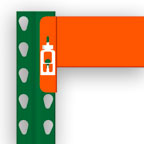
When you are running an operation with lots of racking, it isn’t uncommon to have to replace an occasional upright or beam, or to add new bays onto an existing row. Sometimes you cannot avoid it, as the rack was purchased years ago, by someone else, or from a source you can’t even locate. It might be that you bought used rack and need to fill some gaps in, or it may be perfectly good, 10-year old rack that just needs some damaged components replaced.
This is done all the time, and although it isn’t an optimum situation for rack stability and safety, you can minimize the issues by following the following guidelines:
Read the rest of this entry »
Tags: storage, industrial accident prevention, beams, uprights, warehousing, Material Handling, Pallet Rack, warehouse safety
Posted in Pallet & Warehouse Racks|
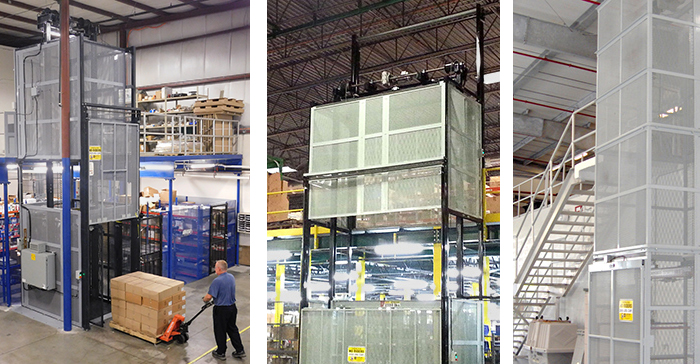
A few months ago, we posted a Guide to Vertical Reciprocating Conveyors (you might find it useful if you’re looking at any application that moves a load up and down at least one level integrated with a shaft, mezzanine or other area). That guide includes the following questions, should be helpful as you move ahead with your project.
Read the rest of this entry »
Tags: warehousing, Material Handling, vertical lifts, vrc, mezzanine lifts, Automation
Posted in Lifting & Lift Systems|
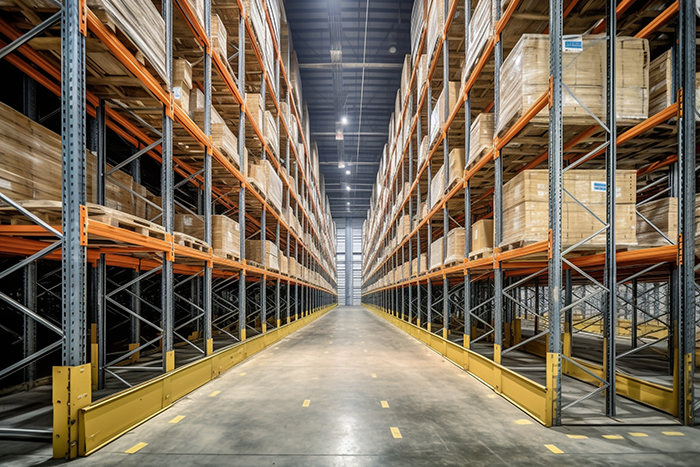
Safety in warehouses tends to be greatly about the interactions between forklifts, pallet racks, people and stored products. This list of rack safety tips is part of our ongoing efforts to help warehouses operate safely and efficiently.
Read the rest of this entry »
Tags: warehouse safety, storage, industrial accident prevention, Material Handling, Pallet Rack
Posted in Pallet & Warehouse Racks|

Craig Chamberlain has an article over at the MHEDA Edge website that you need to read if you use pallet rack wire decking.
Here’s the money quote:
“Decking can, and often does, directly bear the total weight of the application’s load and transfers that load to the beams of the pallet rack. Regardless of the weight-bearing capacity of the rack’s beams, an improperly overrated deck can and will jeopardize the load-bearing capacity of the entire system and result in a failure.”
Read the rest of this entry »
Tags: Material Handling, Pallet Rack, OSHA, warehouse safety, facilities maintenance, wire rack decking
Posted in Pallet & Warehouse Racks|
Read our customer reviews
















